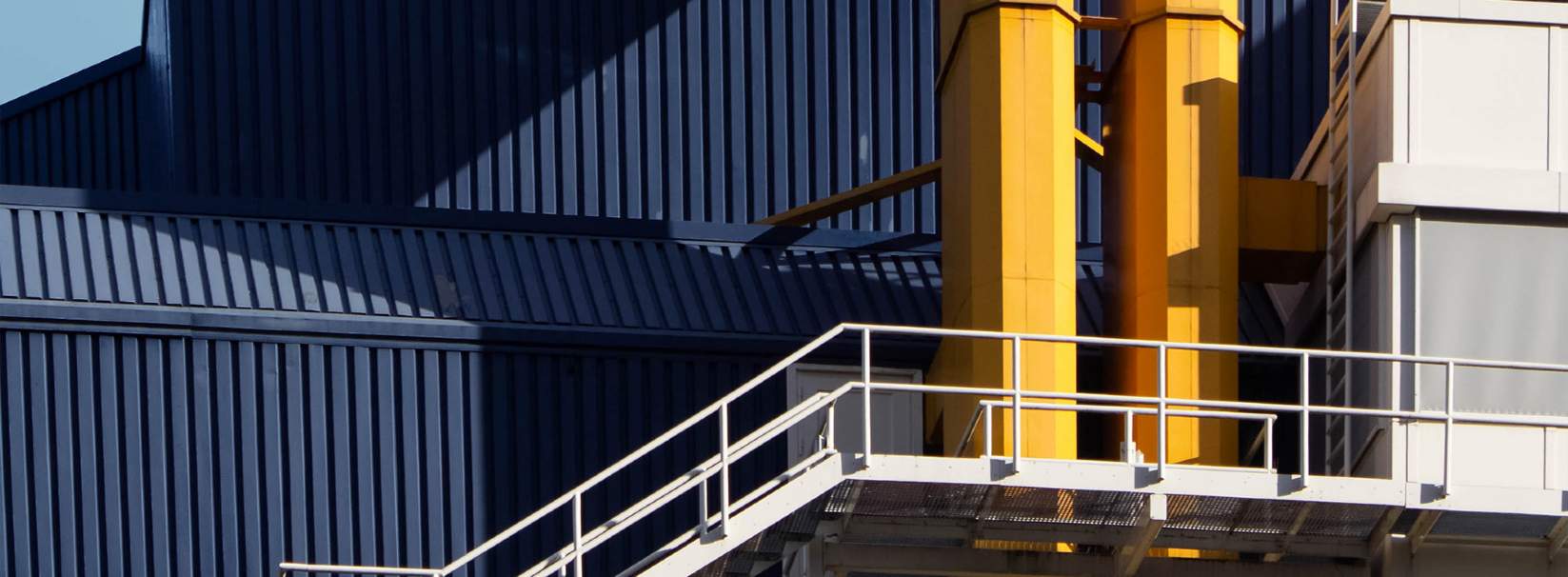Industrial property in Australia has experienced strong capital value growth and yield compression with continued demand from domestic private, institutional groups and foreign investors.
The last 12 months saw over $12.01 billion of industrial sales (above $5mil) across 217 transactions, many of which consisted of portfolio sales as institutional investors acquired prime industrial facilities to be buried into core portfolios. This was the highest volume of sales (in dollar terms) on record and well above the 10-year average of $5.6 billion.
Well located warehouse and logistics facilities that service densely populated areas are at the forefront of investor attention, particularly along Australia’s east coast industrial markets which have attributed to capital value growth and ongoing yield compression over the last three years. The impacts of COVID-19 on commercial property are certainly evident, however industrial assets have demonstrated resilience with continued demands from tenants in comparison to other assets where activity has slowed over the last 12-18 months. Over the short to medium term, we anticipate prime industrial yields in key markets to continue to compress. The spread to secondary assets will diverge as purchasers will price tenant credit risk more harshly, particularly those adversely affected by COVID-19.
Latest Morgan Stanley International data (March 2021) indicates that industrial property was the best performing asset class again surpassing the office sector. Total returns were recorded at 14.9% which consisted of income returns of 5.4% and capital returns of 9.0%.
Overall, the conditions within the industrial markets have remained strong over the last 12 months. Demand continues to be driven by the transport, postal warehousing, and wholesale retail sectors, making industrial and logistics an attractive class for investors. The growth in e-commerce activity and infrastructure investment is supporting the logistics sector as well as demand for warehouses in strategic locations. The asset class continues to benefit from densification and location infill as the population grows and gravitates towards infrastructure, despite benign economic and rental growth forecasts.
Population growth however remains key to the performance of the sector as net overseas migration drops off sharply off the back of border closures. As a result of border closures limiting overseas migration, our population growth rates are expected to be reduced over the short term, and this will have flow on impacts to the demand for industrial and logistics space over the short term.
Developers, A-REIT’s and private equity groups are expected to focus on developable land, which will continue to place upward pressure on already record high land values. As more than half of the Australian population remains heavily concentrated in Sydney, Melbourne and Brisbane, industrial land values in these capital cities will continue to trend upwards, which will lead to above average rental growth, with the transition from bricks and mortar retail to e-commerce retailing becoming another key driver of industrial activity in these regions.
